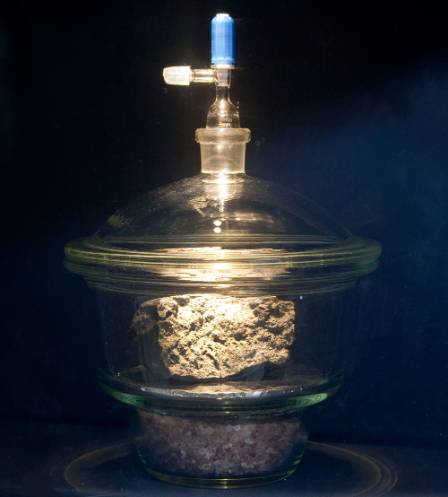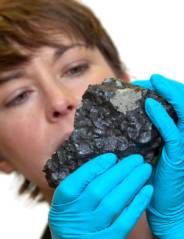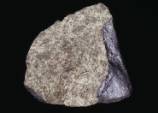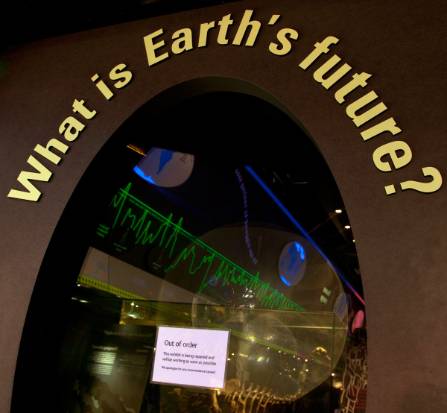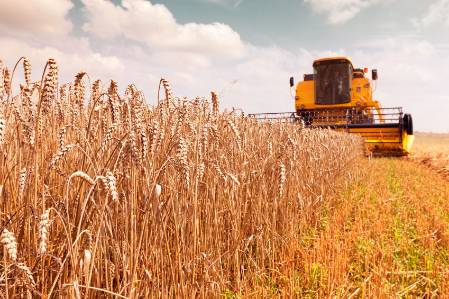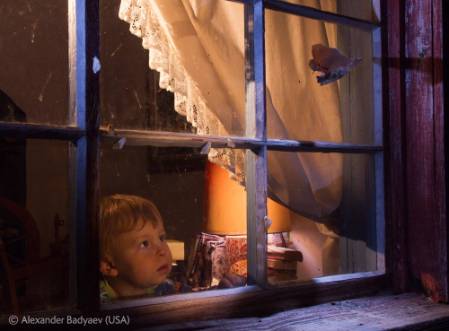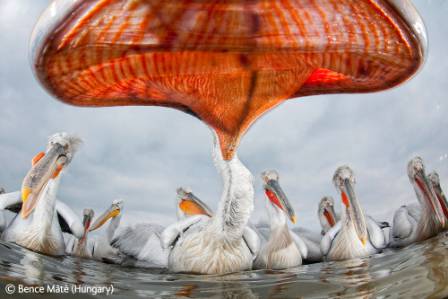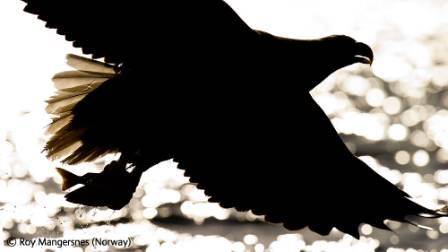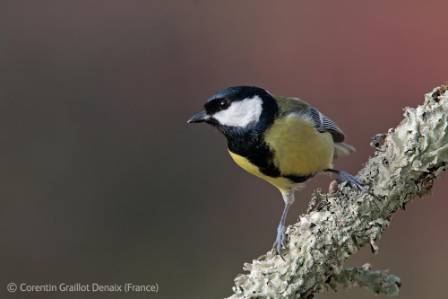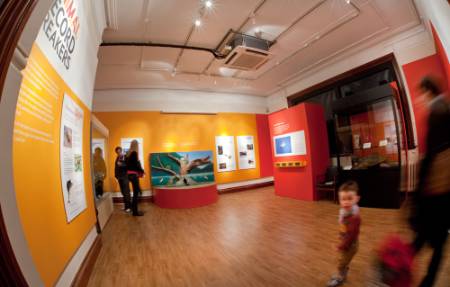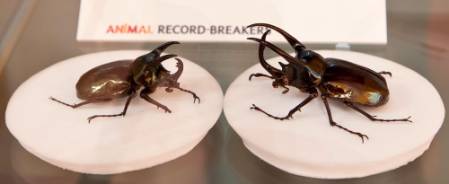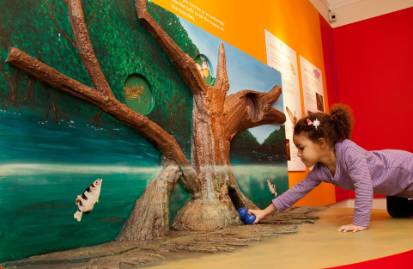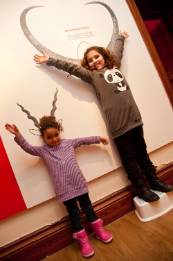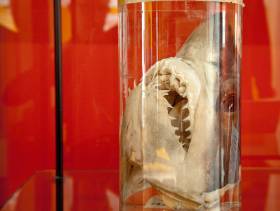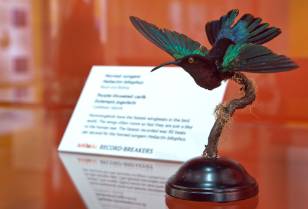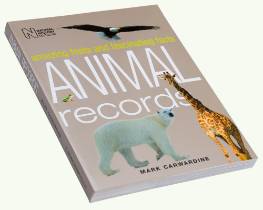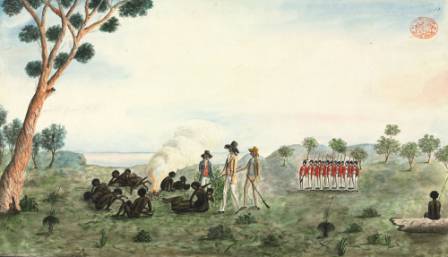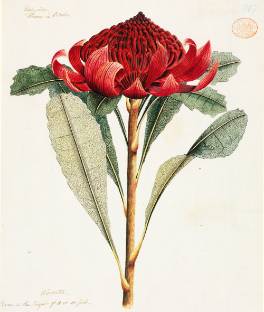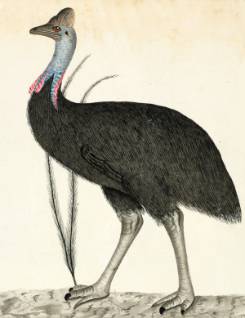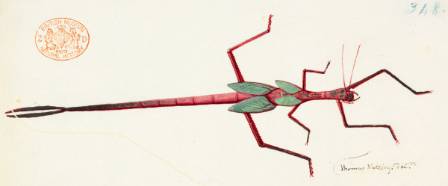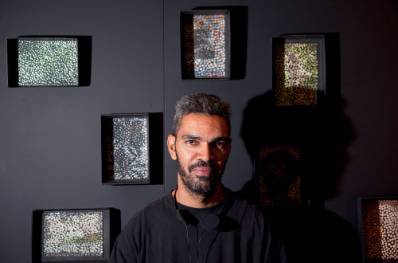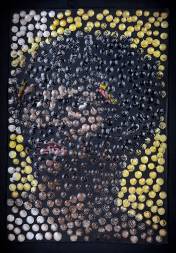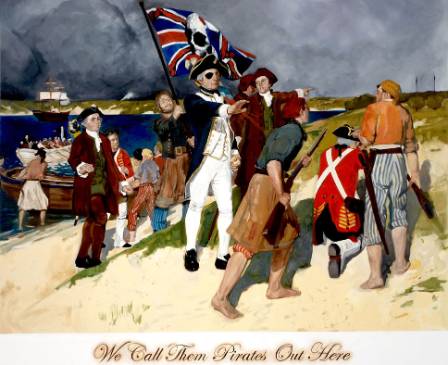It's incredible to think that the giant-fist-sized meteoritic rock that you see below, which was blasted off Mars' surface into the solar system, travelling an average distance of 49 million miles to reach Morocco on Earth last year, is now nestling in the Museum's Vault gallery. Just think of what it may tell us when it gets examined closely by our meteorite experts.
The Museum's new and most important Mars meteorite, the Tissint, is on display in The Vault gallery for another month. Select images to enlarge them.
You'll notice the Tissint Mars meteorite is exhibited in a curious-looking contraption. It's known as a desiccator and is essential to minimise contamination of the meteorite by keeping it dry and in a low-oxygen environment. The dessicant crystals underneath help to do this job.
At 1.1kg the Tissint is now the largest Martian meteorite in the Museum's collection. It is one of the biggest chunks from the shower of Martian stones that fell in the Moroccan village near Tissint, and is incredibly rare and important because it showed hardly any signs of contamination at all. Museum meteorite expert Dr Caroline Smith (below) described the Tissint as 'the most important meteorite to have fallen in 100 years.'
What will this recently-acquired piece of the Red Planet reveal about the mysteries of Mars? Museum meteorite expert Dr Caroline Smith (left) and her team will research the Tissint when it comes off display in The Vault. Right, Mars surface digitally pieced together from photos taken on the late 1970s Viking spacecraft missions. Mars globe image courtesy of NHM, John Bridges, October 2003.
The Tissint meteorite is on show in The Vault for another month at least, so catch it while you can. It is exhibited next to the Nakhla, another of our extremely rare Mars meterorites (below), which fell in Egypt in 1911. Clay minerals found in this meteorite proved that water once existed on Mars.
When you get close to these Martian marvels and read about them in the gallery, you'll realise how valuable they are to planetary research and our understanding of the mysteries of the Red Planet. With its volcanoes and valleys, its watery history and its seasons, Mars will never cease to intrigue us because it resembles our planet more than any other.
The Tissint meteorite will be coming off display periodically so that Dr Smith and other Museum scientists, in conjunction with colleagues around the world, will be able to study it. Research will include analysing the minerals it contains and looking in detail at the chemistry of the rock to better understand the formation and history of the Red Planet. A lot of this work will be done in the Museum's own world-class laboratories.
There are other beautiful meteorites to discover, including ones from the Moon, in The Vault's collection of Mars rocks, dazzling gemstones and crystals. And head over to the Red Zone's Earth Today and Tomorrow gallery to gasp at the Cranbourne meteorite which is our most massive space rock in the Museum.
The Vault gallery is in the Green Zone, on the upper gallery of the Central Hall at the end of the Minerals gallery.
Browse The Vault gallery highlights slideshow
Read the news story about the mighty Tissint meteorite landing at the Museum
We have lots of information about Mars and meteorites on our website. Enjoy this selection:



